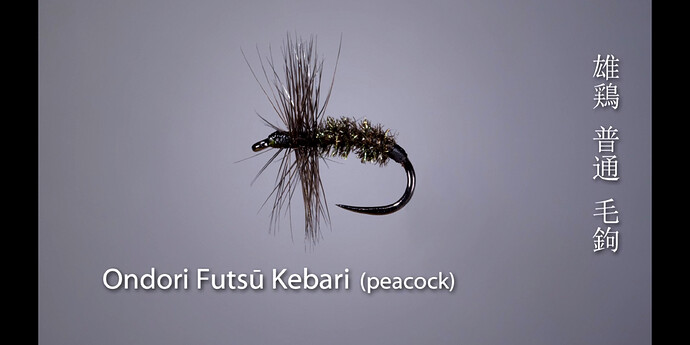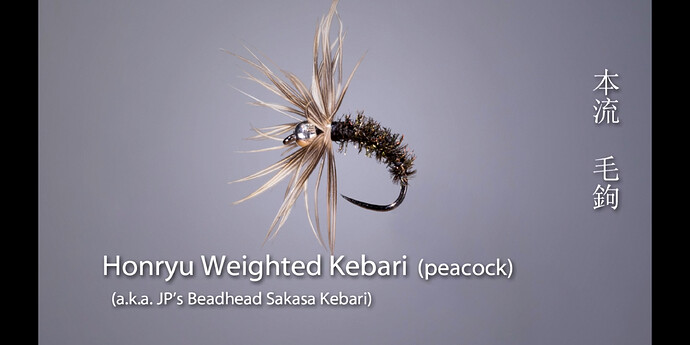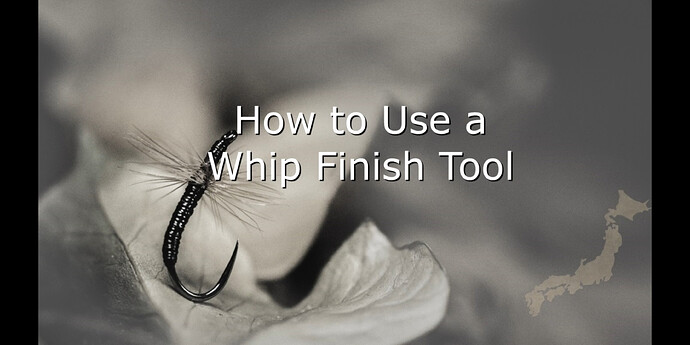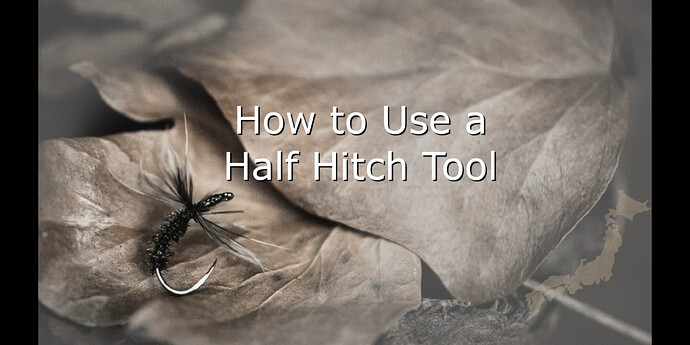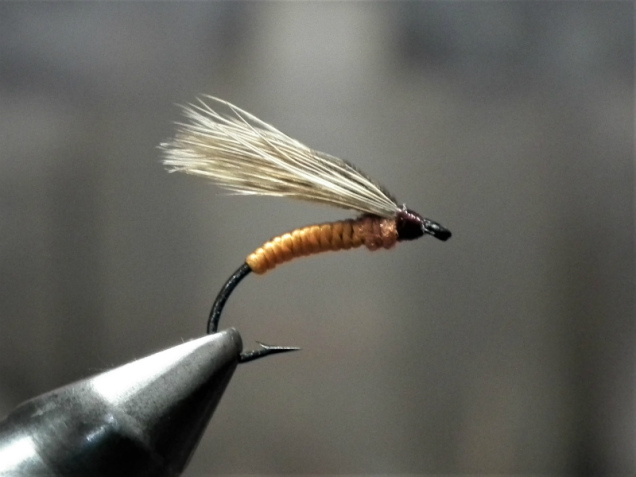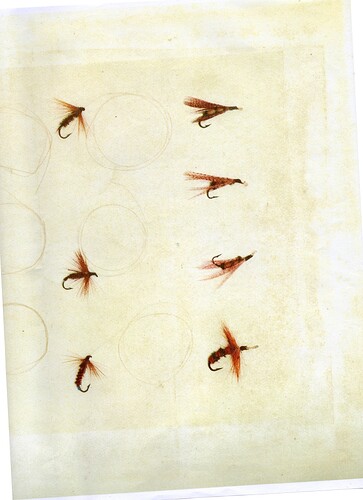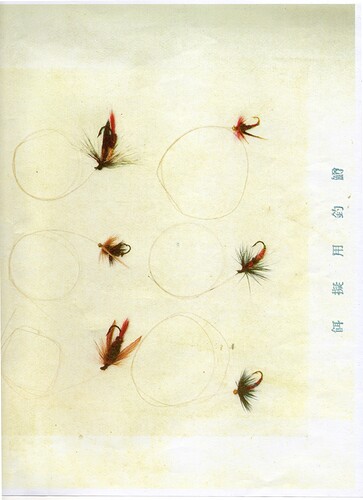For full disclosure, please note that 10 Colors Tenkara has not been asked, paid, or given anything for doing this review. All images are screenshots from the actual video and all content in the images is copyrighted by Discover Tenkara.
This review is of the “Complete Kebari Collection” download and associated material by @Paul_Gaskell and John Pearson (JP) of Discover Tenkara. I did not purchase the physical DVD.
I recently purchased the downloadable video and associated bonus content for this newly released video.
First and foremost, the quality and production of this material is top notch. In my opinion, this is probably some of the best studio work that DT has done thus far. The image quality is excellent and the sound is clear and crisp. Additionally, the transitions are well timed, smooth, and not overly long. The length of the main video is long enough to be informative, but short enough to keep you engaged and prevent boredom. Though; admittedly, I’m a fly tying junkie and it takes quite a bit to get me bored.
In the main video, JP gives an introduction and talks about the experiences he and @Paul_Gaskell have had both in Japan and on home waters in the UK. He also explains how they categorized the kebari in the video and he gives some basic information on fly tying materials.
From there, he jumps straight in and starts giving instruction on how to tie their top 12 kebari. He uses clear and understandable language during each step of the process, explaining both what he’s doing and why he’s doing it that way. The video regularly pans in and out between what JP is explaining and what he’s actually doing at his vise.
The video is great, but it’s certainly geared towards novice fly tiers and those just getting into kebari. I think all of the materials would be excellent tools for teaching beginners.
In fact if you are a beginner or are teaching one, I would recommend starting with the associated PDF and bonus video. The brief PDF shows each kebari, the material used to tie them, and the recommended hook sizes.
The short bonus video would be my preferred place to start with a novice as JP explains and demonstrates some of the basic tying techniques used in the main featured video.
By starting with the two pieces of bonus material, the main video will be much easier to follow and understand for beginners.
Overall, this is excellent material and well worth the price and time for beginners. Yes, you can certainly find this type of material for free on YouTube or other similar services. However, I don’t think it will be as well executed and concise as this.
If you are an experienced fly tier, this video and associated content may not be for you.
If I had one complaint about the video? It would be the horrible squeaking that JP’s bobbin makes each time he pulls out more thread. That could have been edited out, but it’s just a minor gripe.

